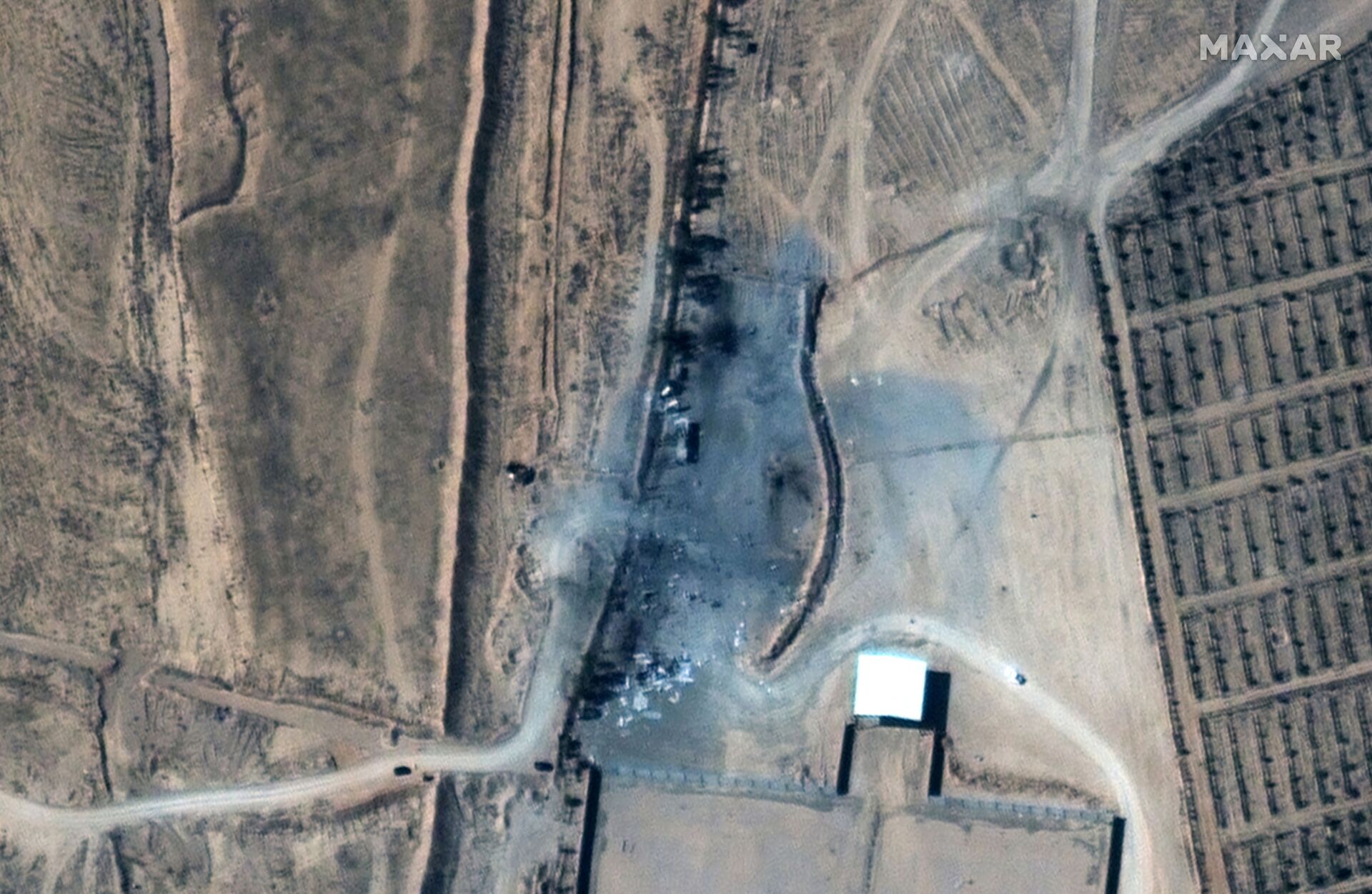Pentagon Confirms Work on Precognition Tech Enabling It to ‘See Days in Advance’

CC0 / /
Subscribe
The artificial intelligence-assisted cloud network is supposed to help US military planners get the jump on enemies and accurately predict what they plan to do before they do it.
US Northern Command (USNORTHCOM), the Pentagon unit responsible for the defence of North America, has joined forces with its sister commands to carry out a series of AI-assisted experiments in precognition, or the ability to see events in the future before they happen.
In a press briefing last week on ‘Global Information Dominance Experiments’ (GIDE), the term used by the military to refer to the tests, USNORTHCOM chief Gen. Glen VanHerck indicated that commands collaborated in the use of cloud-based “capabilities that are available right now,” and which could “absolutely” be fielded “tomorrow,” to allow planners to get the jump on adversaries’ actions.
“The ability to see days in advance creates decision space,” VanHerck explained, saying such ‘decision space’ not only allows the US to posture forces for deterrence, but to take “proactive” steps to prevent a potential threat from materializing in the first place, (i.e. potentially to carry out preemptive strikes, for example).
The technology reportedly depends on things like the near-real-time analysis of satellite images by AI, with computers touted for their ability to process information more quickly than human analysts do and to quickly provide it to both military and civilian decision-makers.
“The machine can take a look and tell you exactly how many cars are in a parking lot, or how many airplanes are parked on a ramp, or if the submarine’s getting ready to leave, or if a missile’s going to launch. Where that may have taken days before, or hours, today, it can take seconds or less than minutes,” VanHerck said.

A close up view of destroyed buildings at an Iraq-Syria border crossing after airstrikes, seen in this February 26, 2021 handout satellite image provided by Maxar.
© REUTERS / Maxar Technologies
According to the commander, systems can be set up in such a way as to set parameters to trip alarms to allow decision-makers to move in for a closer based on an adversary’s actions.
VanHerck revealed that the current round of GIDE testing included the use of commercially available data on top of sensors used by the military, but did not specify what commercial partners may be involved.
In June, ViaSatellite reported that the Pentagon planned to launch hundreds of small satellites into Low Earth Orbit in the coming two years to directly link to megaconstallations of satellites being built by Elon Musk’s SpaceX, Telesat and other commercial satellite programmes.

File-In this photo taken May 6, 2021, with a long exposure, a string of SpaceX StarLink satellites passes over an old stone house near Florence, Kan
© AP Photo / Reed Hoffmann
Along with its use of satellites, the cloud-based, AI-assisted tech is said to glean, categorize and compress data from undersea sensors, conventional radar, cyber and intelligence capabilities.
Both China and Russia are known to be working on systems designed to quickly ‘blind’ US intelligence-gathering capabilities in wartime. This includes the use of super-electromagnetic pulse (EMP) weapons, space-based anti-satellite capabilities, and, in Russia’s case, the use of ‘maskirovka’, or the doctrine of military deception, to disguise military operations and confuse enemies using a range of tools. The doctrine was first created during World War II, and has been updated repeatedly since then to account for new technologies and threats.
Hence, although the Pentagon’s new precognition tech may be designed for use against Russia and China, its “two peer competitors,” in VanHerck's words, its ultimate advantage may be predicting what moves the government of some small country that the US has decided to bomb or invade is planning on taking.


